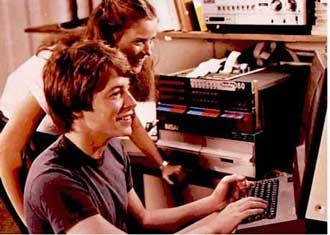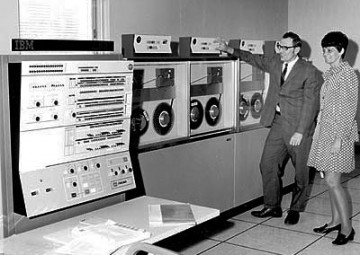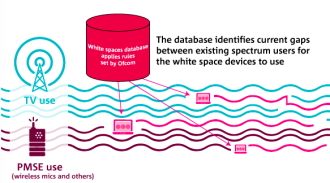 Oracle has been doing its best to set the record straight after claims that it really no longer loves Sun’s Sunsparc technology.
Oracle has been doing its best to set the record straight after claims that it really no longer loves Sun’s Sunsparc technology.
Reports started to appear saying that the company was no longer committed to the technology.
However Marshall Choy, senior director of product management for Optimised Solutions at Oracle, insists that is not the case and since Oracle bought Sun it has taken five processors to market in a four-year time frame. That covers the T3 to M6 lines.
“The speed and rate of innovation has increased from the Sun days, not just Sun processor deliveries but the timeliness of those deliveries to market, and meeting and beating the performance forecast,” he told me. Choy said Oracle has doubled performance with each subsequent generation of processor.
Oracle has two processor lines, the T-line and M-line. They are the same core technology, it’s just they target different size platforms. The T-line process is a 16-core chip with eight threads per core, definitely well beyond Intel’s Xeons, at least for threads. The M-line is a 12-core chip, also with eight threads per core.
Choy acknowledged that Sparc sales are mostly existing Sparc customers replacing ageing hardware, but also insisted that the company “continues to pursue and win competitive takeouts, both from RISC competitors and x86”.
However numbers seem to be falling. Choy also defended Solaris, saying there have been multiple release with significant updates, particularly Release 11.2, released in April 2014. That version added an integrated hypervisor, an image packaging system for patching and updates, unified archives for rapid provisioning of apps and services, software defined networking and support for OpenStack cloud provisioning in Solaris.
The argument is that Oracle continues to make massive investments in future versions of Sparc and it is not going the way of the dodo. The only problem is that it does not appear to be making them much cash.
 By the end of 2014 over 100 million people were using LTE Advanced networks and that’s set to grow so that by 2018 a billion people will be covered.
By the end of 2014 over 100 million people were using LTE Advanced networks and that’s set to grow so that by 2018 a billion people will be covered.


















